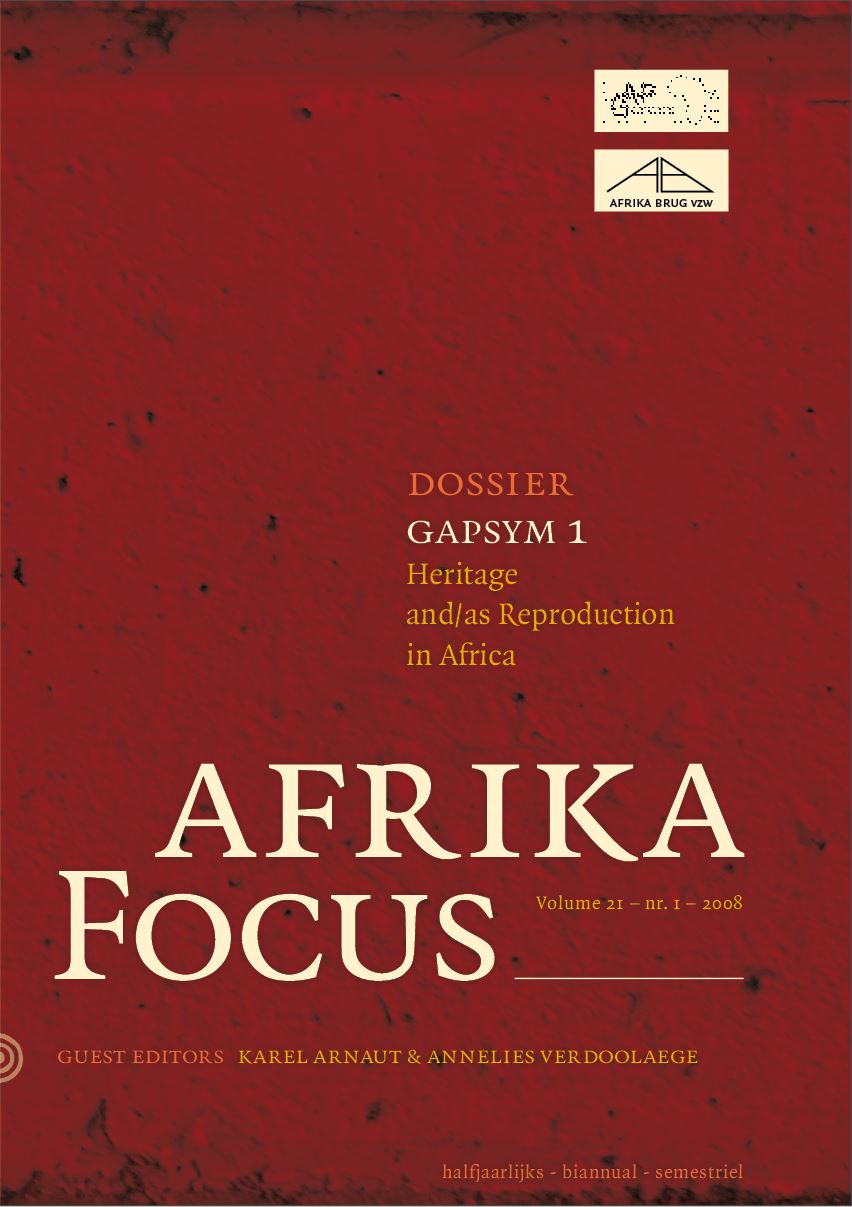Otto Müller’s Surirella taxa (Bacillariophyta) from East Africa, based on a historical collection kept at the Botanic Garden and Botanical Museum Berlin-Dahlem (B)
DOI:
https://doi.org/10.21825/af.v21i1.5049Abstract
At the beginning of the 20th century, Otto Müller described over 100 new freshwater diatom taxa from algae samples, collected during the German “Nyassa-See– und Kinga-Gebirgs-Expedition” in East Africa. He published valuable drawings and wrote detailed descriptions of these micro-algae, but subsequent authors regarded many of these African taxa to be synonyms or infraspecific of European species. In the last two decades renewed attention to the diatom flora of East Africa has made it evident that Müller’s taxa have to be reinvestigated, in terms of both light as well as scanning electron microscopy, in order to evaluate possible new or endemic species. This was recently done for his Surirella taxa, a typical component of the African Great Lakes diatom flora of which many species are endemic to this area. Additional data, originating from material of later periods in the same region (e.g. Lakes Tanganyika, Malawi, Victoria, Edward), was incorporated in the investigation to study the variability in valve morphology and the African distribution of each species. Otto Müller’s samples thus provide the means to study historical African diatom diversity as a baseline for modern biodiversity assessment. Type information and the English description for taxon have been published in international journals and online at the AlgaTerra Information System [www.algaterra.org], a site developed and updated by the Botanic Garden and Botanical Museum Berlin-Dahlem (BGBM). High resolution digital photographs of the Surirella taxa will also be available in the future on the API website [www.aluka.org]. Key words: Algae, Diatoms, Historic Collections, East AfricaDownloads
Published
How to Cite
Issue
Section
License
Authors who publish with this journal agree to the following terms
Authors retain copyright and grant the journal right of first publication with the work simultaneously licensed under a Creative Commons Attribution License that allows others to share the work with an acknowledgement of the work's authorship and initial publication in this journal.
Authors are able to enter into separate, additional contractual arrangements for the non-exclusive distribution of the journal's published version of the work (e.g., post it to an institutional repository or publish it in a book), with an acknowledgement of its initial publication in this journal.
Authors are permitted and encouraged to post their work online (e.g., in institutional repositories or on their website) prior to and during the submission process, as it can lead to productive exchanges, as well as earlier and greater citation of published work (See The Effect of Open Access).


